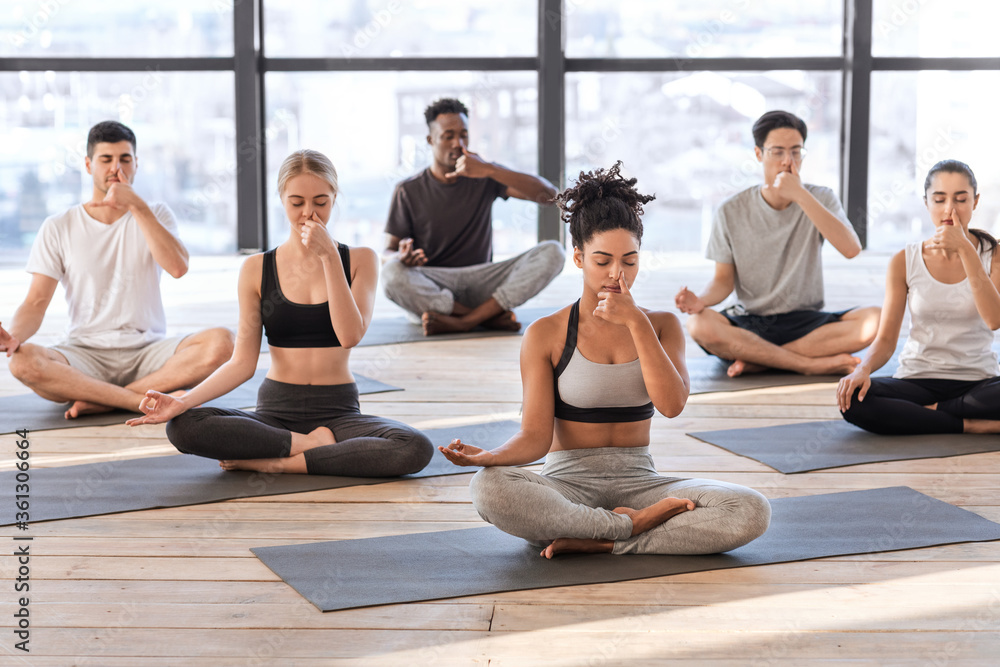Introduction
Yoga is a versatile and holistic practice that offers a multitude of benefits, both physical and mental. It has the power to transform lives and promote well-being, making it an ideal activity for individuals with special needs. By adapting yoga to accommodate unique abilities and challenges, we can create a safe and supportive space for individuals to experience the many joys and advantages of the practice.
Understanding Special Needs
Special needs encompass a wide range of conditions, including physical disabilities, cognitive challenges, sensory sensitivities, and emotional disorders. It's crucial to approach yoga for special needs with sensitivity and empathy, recognizing that each individual is on a unique journey. By embracing inclusivity and adaptability, we can create an environment that fosters growth and self-discovery.
The Benefits of Yoga for Special Needs
Physical Well-being: Gentle yoga poses can enhance flexibility, strength, and balance. These physical improvements contribute to better posture and a decreased risk of injury.
Mindfulness and Relaxation: Yoga teaches mindfulness through breath awareness and meditation. This empowers individuals to manage stress, anxiety, and emotional fluctuations.
Enhanced Motor Skills: For those with physical disabilities, yoga can aid in refining motor skills and coordination, leading to improved overall mobility.
Sensory Integration: Yoga can help individuals with sensory sensitivities by providing controlled and structured sensory experiences through poses and movements.
Self-Confidence: As individuals conquer new poses and challenges, their self-confidence and self-esteem naturally grow.
Adapting Yoga Practice
Consultation: Before starting a yoga practice, consult with healthcare professionals, therapists, or caregivers to gain insight into the individual's needs, limitations, and preferences.
Pose Selection: Choose poses that align with the individual's abilities and objectives. Focus on poses that encourage relaxation and are safe to perform.
Use of Props: Yoga props like blocks, bolsters, and blankets provide support and comfort, making poses accessible and enjoyable.
Breathing Techniques: Incorporate deep breathing exercises to promote relaxation and mindfulness. Breathing can be a powerful tool to manage stress and anxiety.
Personalization: Tailor the practice to the individual's pace and needs. Recognize that progress is unique to each person.
Creating an Inclusive Environment
Safe Space: Cultivate an environment that is free from judgment and pressure. Encourage participants to honor their bodies and practice self-care.
Empathy and Patience: Approach the practice with empathy and patience. Celebrate small victories and offer support when challenges arise.
Positive Reinforcement: Use positive reinforcement to boost self-esteem and motivation. Acknowledge efforts and progress, no matter how small.
Community Support: Consider offering group classes where individuals can connect and share their experiences. A supportive community can foster a sense of belonging.
Conclusion
Yoga for special needs is a beautiful journey that promotes physical, mental, and emotional well-being. By embracing adaptability, inclusivity, and empathy, we can create a space where individuals with special needs can thrive. Through mindful movement, breath awareness, and self-acceptance, we enable these individuals to embark on a path of self-discovery and growth. As yoga instructors, caregivers, and supporters, we have the privilege of witnessing the transformative power of yoga in the lives of those with special needs.
if you are interested to learn more about YbK program for special needs, please reach out via email to: sales@yogabykalari.com



